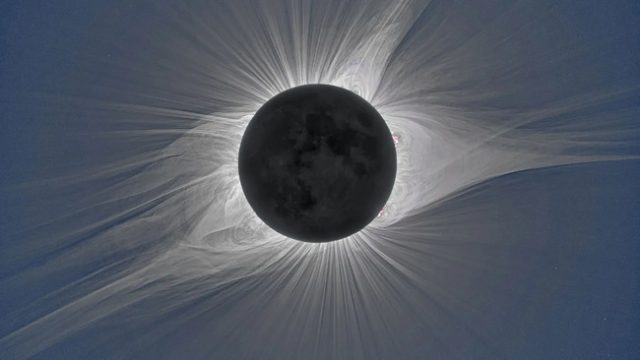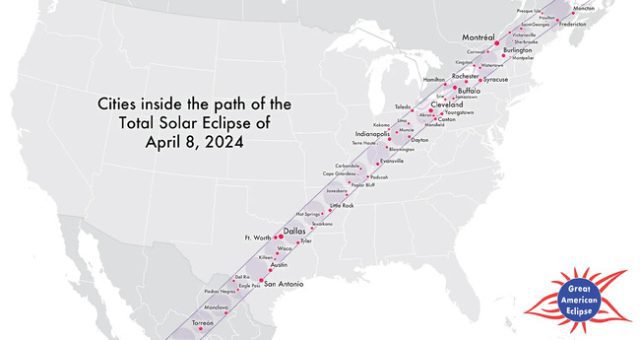
The upcoming total solar eclipse on April 8, 2024, is generating significant anticipation and excitement due to several remarkable features that set it apart from previous celestial events. In comparison to the 2017 total eclipse that traversed the United States, this year’s spectacle promises to be even more captivating. The duration of totality will be longer, casting a darker shadow over the sky and offering a more dynamic display of the sun’s celestial ballet. Importantly, the 2024 eclipse is expected to be the last major total solar eclipse to cross North America for the next two decades, making it a rare and unmissable event for both casual observers and scientists.

What adds to the significance of this celestial occurrence is the increased accessibility for a larger population. With nearly 32 million people situated within the path of totality, a substantial increase from the 2017 eclipse, millions more will have the opportunity to witness this astronomical spectacle from their own front doors. The path of totality for the 2024 eclipse will extend through various regions in the United States, allowing people from every state to catch a glimpse of this extraordinary event. This accessibility not only heightens the potential for public engagement but also presents an advantageous opportunity for researchers, as the eclipse’s path aligns with the observing range of three radars in the worldwide Super Dual Auroral Radar Network, facilitating studies on charged particles high in the atmosphere.


















